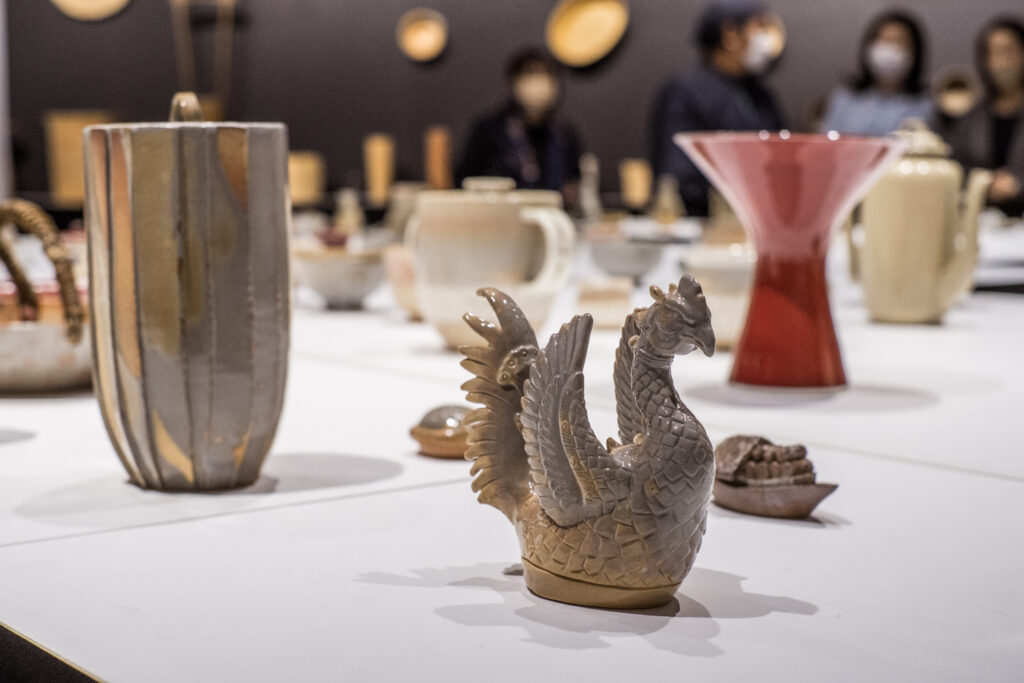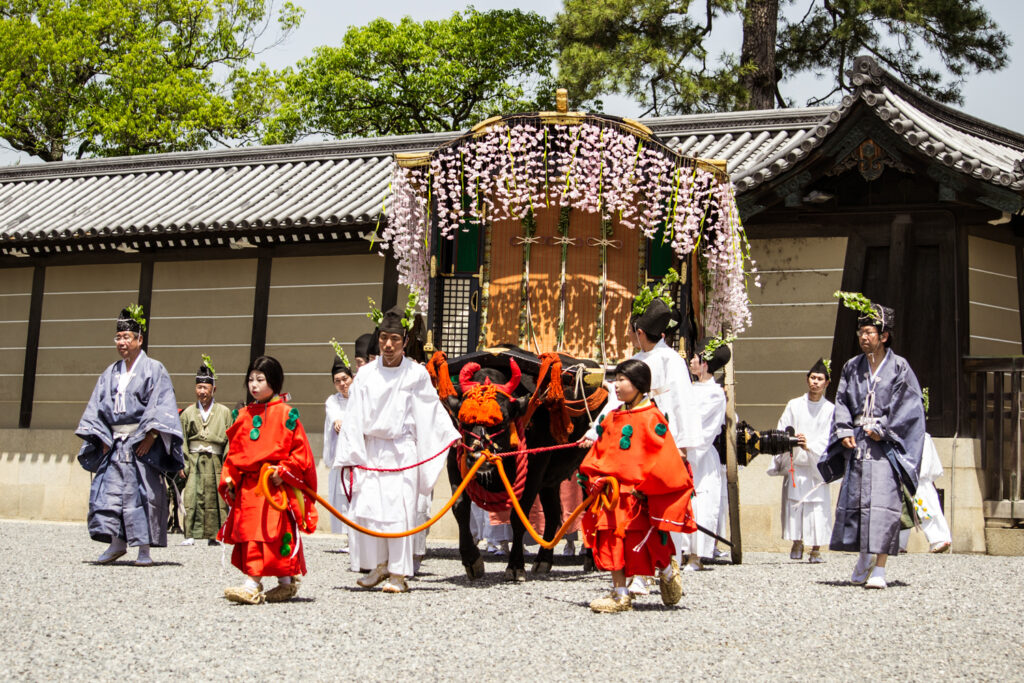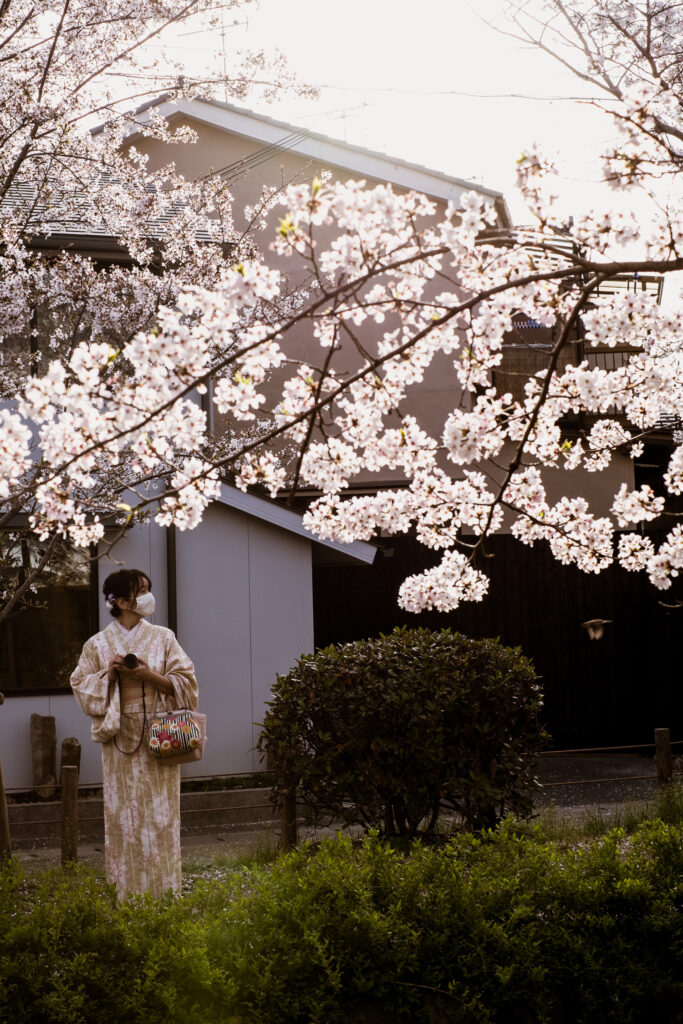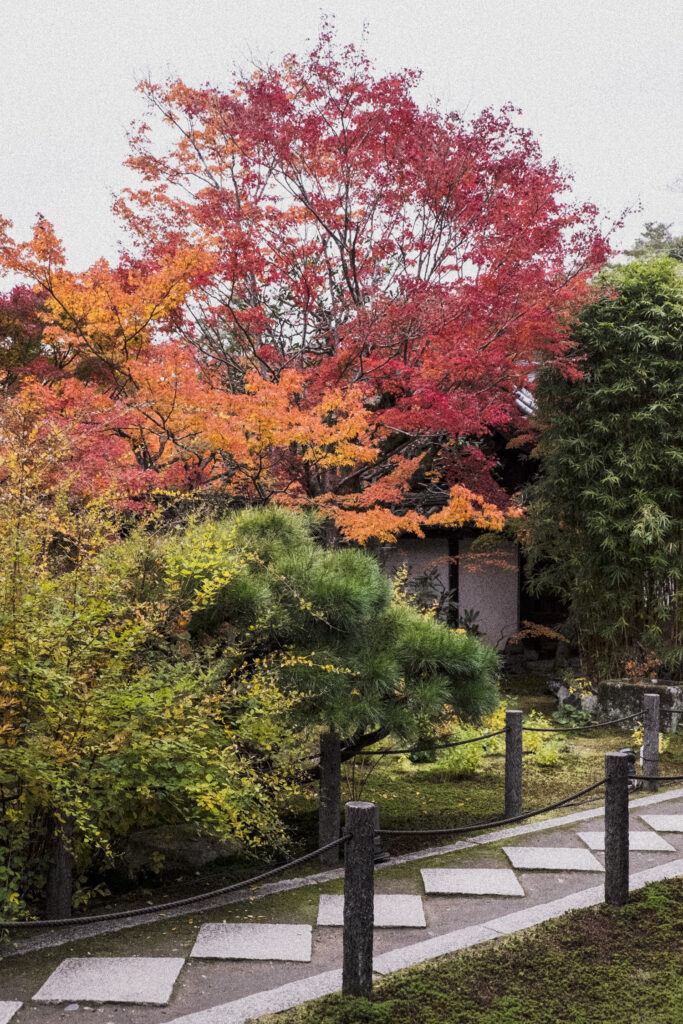Blog
5 reasons why there are so many traditional crafts in Kyoto
2022/04/19
Hello reader,
As you may already know, there are 74 categories of traditional crafts in Kyoto (and you’re welcome to explore them all at our own Museum of Crafts and Design when you have a chance!). Their number is quite significant comparing to other prefectures, so today we’re going over the 5 main reasons for that. Some of them may be obvious to you, whereas others may not, but here they are.
1) City’s historical role
The first reason that can’t be ignored is the city’s historical importance. While right now the Imperial household is based in Tokyo, from 794 to 1868 it was located in Kyoto. Naturally, it attracted craftsmen from all over the country to service the needs of the Emperor, his family and the noble class. Needless to say, only the best skilled artisans and craft ateliers were picked to build their residences, tend to their gardens, weave their garments and craft all the everyday life items and tools they surrounded themselves with.
2) Kyoto festivals and events
All the yearly events are supported by local craftsmen who prepare and maintain the necessary equipment and paraphernalia. Starting with the 3 major Kyoto festivals (Aoi Matsuri, Gion Matsuri, and Jidai Matsuri), traditional crafts uphold the intangible cultural heritage of Kyoto and generously embellish its material side.
3) Home to some of Japan’s main Buddhist sects
Did you know that Buddhist temples were the major patrons of art and crafts in Japan, sometimes even more than the Imperial Court and nobility? Even now, some Nishijin textile ateliers work exclusively on commissions from temples. Kyoto is home to the headquarters of such Buddhist sects as Jodo-shu (Chion-in temple in Higashiyama district) and Tendai-shu (Enryaku-ji temple on Mount Hiei).
4) Birthplace of traditional culture
Head families of various cultural disciplines, such as tea ceremony, flower arrangement, Noh and Kabuki theatre, are based in Kyoto. All aspects of Japanese traditional culture are connected and support each other in some way. For example, for the tea ceremony practice, kimono, pottery, incense and many other traditional Kyoto crafts are used. Historical development of these cultural practices influenced, inspired and diversified local crafts and their techniques.
5) Geographic location
The last but not least reason is the Old Capital’s geographical situation and natural features. Blessed by 4 distinct seasons and breathtaking surroundings, the city has always inspired the creation of delicate and expressive designs. Also, it is rich with natural resources encouraging their handy utilisation (groundwater for sake production, clay for ceramics & pottery, bamboo for architecture and handcrafting, etc.).
Here at Kyoto Artisans Concierge, we pray for everyone’s peace and safety. These are challenging times, but we hope that this too shall pass and we will welcome you in Kyoto and be able to show you its hidden gems once again very soon!
Words & images by Anastasiya Bulkavets (ArigatoCreative.co)



